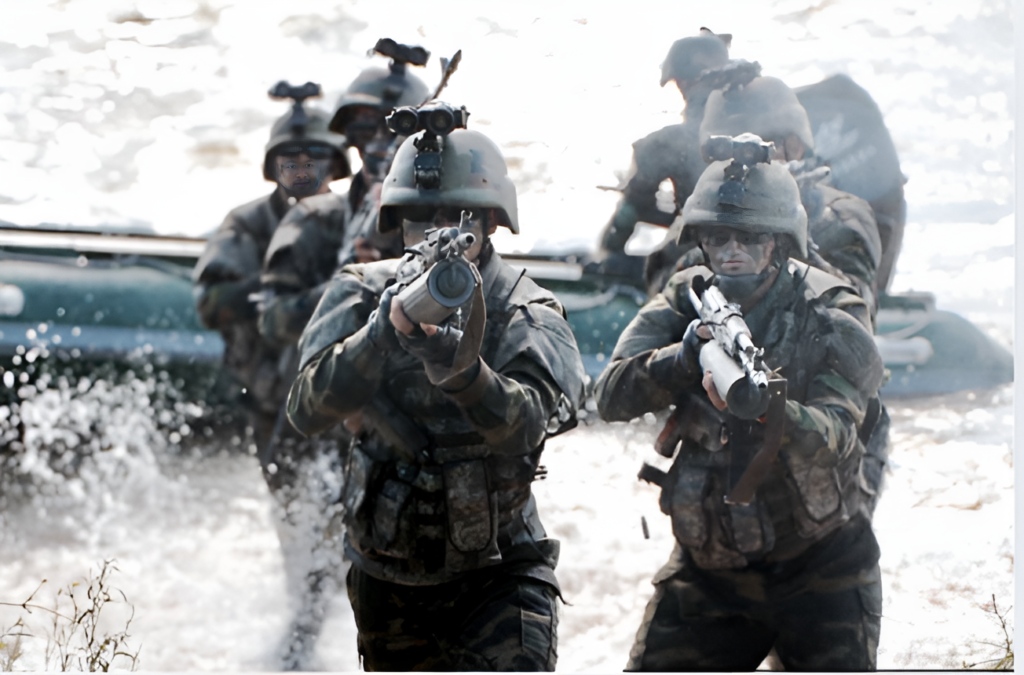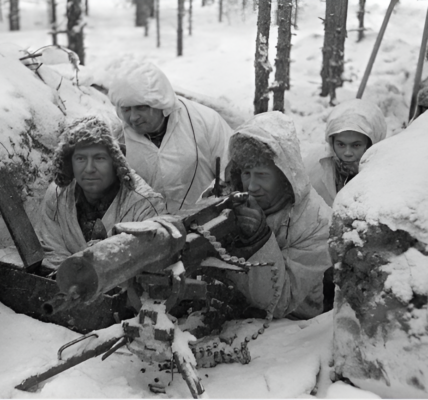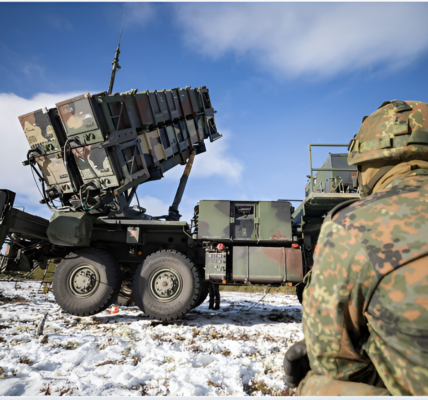
A report submitted to the U.S. Congress by General Jan-Marc Jouas, former deputy commander of U.S. Forces Korea, has raised alarming concerns over the U.S. military’s ability to succeed in a potential conflict on the Korean Peninsula. The report suggests that the United States, despite its superior military budget and advanced technologies, could face defeat at the hands of North Korea. Several strategic factors favoring North Korea could challenge the effectiveness of U.S. forces, leading to significant vulnerabilities in the event of a military engagement.
One of the primary challenges highlighted in the report is North Korea’s capacity to disrupt U.S. supply lines across the Pacific, a critical lifeline for the approximately 30,000 U.S. troops stationed in South Korea. Should conflict break out, these forces would find themselves outnumbered and potentially undermanned, as resupply efforts would be severely hampered by missile and chemical weapons attacks from the North. Additionally, North Korea’s advanced special forces could target key U.S. bases and infrastructure, further crippling military operations. General Jouas stressed that U.S. military reinforcements and supplies would face significant delays due to attacks on ports, ships, and facilities, making it difficult for forces to sustain operations.
In addition to the difficulties posed by supply chain vulnerabilities, the report underscores the immense asymmetry in military capabilities between North Korea and the United States. While the U.S. military budget far exceeds that of North Korea, the North has strategically invested in asymmetric warfare tactics, including nuclear and chemical weapons, missile systems, and elite special forces. These investments could neutralize critical U.S. military assets, including Pacific bases on Guam, Hawaii, and Okinawa, as well as aircraft carriers and warships. Recent missile tests, including the Hwasong-12 and Hwasong-14, have demonstrated that all U.S. Pacific bases are now within range of North Korean missile strikes, presenting a lethal threat to U.S. naval and air assets.
North Korea’s military strategy capitalizes on its ability to strike from multiple angles, including the use of nuclear and chemical weapons, as well as missile systems that can potentially isolate U.S. forces on the Korean Peninsula. General Jouas pointed out that the U.S. military’s dependence on air and sea transport for logistical support could be its downfall in a prolonged conflict. Supply lines, essential for sustaining military operations, have historically been a significant factor in the downfall of numerous military powers, from the Roman Empire to Nazi Germany.
With over 100,000 non-combatant Americans living in South Korea, the military’s resources would be further stretched in a crisis, complicating evacuation and protection efforts. The report concludes that a conflict with North Korea, should it escalate into full-scale warfare, may prove disastrous for U.S. forces, especially if nuclear or chemical attacks are deployed. This analysis highlights the immense risks the U.S. military would face and suggests that North Korea’s ability to disrupt U.S. operations could be decisive, potentially changing the balance of power in the region.
Ultimately, General Jouas’ report raises critical questions about the feasibility of military action against North Korea, suggesting that without careful planning and strategic adjustments, the U.S. could find itself in a losing position on the Korean Peninsula. The report calls for a re-evaluation of U.S. strategy in the region and a deeper understanding of North Korea’s asymmetric capabilities, which could determine the outcome of any future conflict



